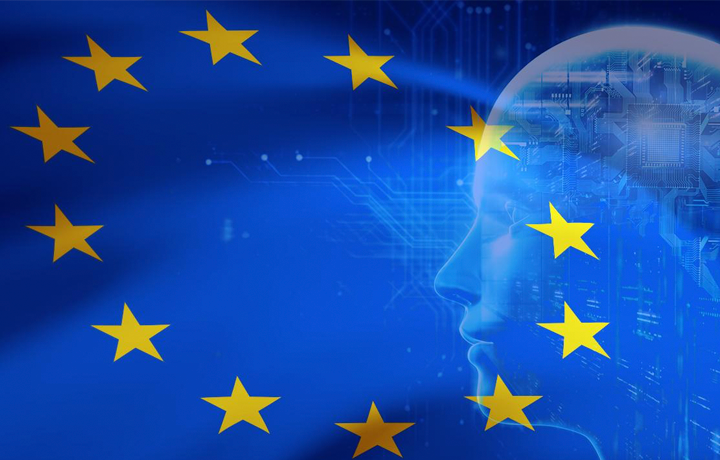On December 8, 2023, the European Parliament, European Commission, and Council of the EU reached a significant political agreement concerning AI regulation. An analysis of the unofficial final draft is forthcoming, but in the meantime, it is important to note key developments of EU AI act.
The primary issue under consideration was whether to regulate the technology behind AI systems like ChatGPT or just the applications. The resistance from Germany, France, and Italy to the regulation of general-purpose AI (GPAI) models did not prevail, and the Parliament’s proposal, as discussed previously, was largely accepted, albeit in a less strict form.
The Need to Regulate at the Technology Level
The Parliament recognized the importance of regulating AI technology, especially given the growing influence of generative AI. Addressing the inherent risks at the core of AI is essential. In this context, it is crucial to strike a balance between encouraging innovation and ensuring responsible use.
One concern is that large language models (LLMs) have displayed capabilities unforeseen by their developers. Regulating AI applications alone cannot address the full scope of potential harm. The EU AI Act rightly focuses on systemic risk GPAI models, emphasizing transparency and risk mitigation.
The Risk of Leaving it to Self-Regulation
Some argue that AI companies are already taking measures similar to those proposed in the EU AI Act. See for example the extensive research papers that accompanied the release of Llama 2 or GPT-4. However, relying solely on self-regulation is not sufficient. Companies may withhold critical information, as seen with Meta and OpenAI’s non-disclosure of their training data. Profit-driven incentives often lead companies to prioritize their interests over societal well-being.
Sanctions with tangible impacts on a company’s bottom line are necessary to ensure compliance with regulations. Even with the strictest regulation, the effectiveness diminishes if companies have the discretion to open-source their models at will.
The Remaining Issue of Open Sourcing
Even rigorous regulation can be undermined if companies choose to open-source their models without adequate safeguards. Government oversight over the release of high-risk AI models and their source code is essential to prevent misuse. Here is an extract from “Llama 2: Open Foundation and Fine-Tuned Chat Models,” the research paper Meta published alongside open sourcing its models:

Conclusion
The agreement’s significance lies in its recognition of the need to regulate GPAI models, ensuring transparency in cybersecurity, energy consumption, and risk evaluation. The EU aims to strike a balance between innovation and safeguarding society from harm. Stay tuned for our article on the final text!



